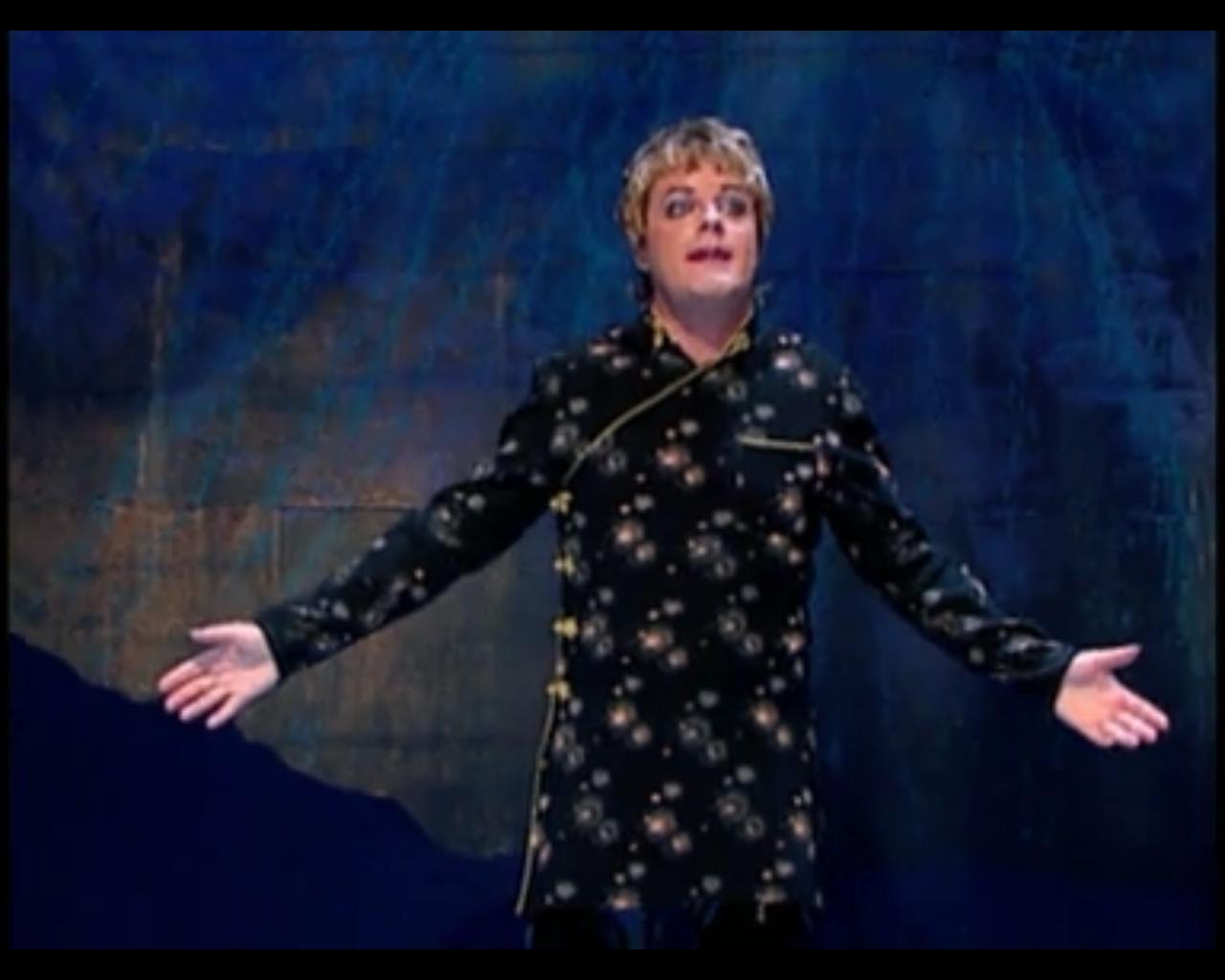What the heck do you do with an email database that hasn’t been used in ages?
We’ve all been on the receiving end of these emails, the ones where we think, “who IS this?” and immediately unsubscribe.
So in typical fashion, I’m going to take the “real human” approach to this conundrum. But first, let’s explore a not-uncommon situation: the late, later, latest Thank You letter. We’ve all been here. You receive a gift, or stay at someone’s house, or otherwise have an experience that is worth a thank you. And oooooooh, how you mean to do it; except life gets busy, you lose track, and then suddenly, you realise that you screwed up. It’s six months later, you should have written that “thank you” months ago, and now you’re gonna look like an ass if you send it. Whaddya do?
You have three choices:
- Pretend everything is normal and go on like a non-Thank-you-letter-writing heathen.
- Hide. Never see that person again.
- Be honest and own up to your bad shit.
Now, Imma be honest. I’ve done each of those at some point in my life. How about you? How’d that work out for us?
A=B
This experience is directly analogous to a stale newsletter database. You really meant to send emails talking about your wines, new releases, special events, and so on, but other things were always more urgent.
You have the same three choices. Here’s how those are gonna work for you:
- Pretend you’ve been a good communicator: SPAMSPAMSPAMSPAM. Dude, no. Surely, you’ve been on the receiving end of these emails and how did you feel? You said, “who is THIS?”, and then you unsub’d. Because you’d moved on and that email provided neither joy, context, or incentive. Because nowadays we have the attention span of a gnat.
- Hide: Some marketers will argue for this. And if your list is years old, this might be the best solution. But nothing ventured, nothing gained, so keep reading.
- Own your mistakes. Because (just like I learned last week), occasional bouts of overwhelm are human, and the people who read your news will appreciate you all the more for your honesty. Let’s look at how to do that effectively.
Clean.
If you are paying to send emails, this is your starting point (if not, skip ahead). An email verification service cleans your list so that you can avoid paying “full-price” for bounced emails.
Subject.
The subject line is your email front-of-house. If they barely recognize the name, what can you say to compel them to open and keep reading?
Personalization works well here if you have the data to do it right: “Jane, we goofed.” Maybe this is where you bust out that once in a decade incentive (yes, money will work here): “Here’s your coupon for a FREE bottle of wine!” Or perhaps you lead with your weakness: “We meant to write, but didn’t. 😢”
Or even better, you can do all three: ‘Hi Jane, we’ve been bad….communicators, that is. Here’s a discount code to say, “we goofed”. ‘
Segment.
You wouldn’t write one generic thank you note and send it out to everyone whom you’ve ever forgotten to write to, would you? Dive into your email stats and create some segments. What information can you glean: what was their last purchase, or when did they visit? How can you create a campaign around that info. (This is all about turning a bug into a feature.) For instance, is it nearing the anniversary of their cellar-door-based sign up? Great opportunity to provide value and recognition without looking spammy! “Can you believe it’s been a year since your winery visit?” Birthday’s are another good re-intro, too.
Admit.
Don’t gloss over your lack of comms. Tell the truth, but don’t be whiny: “we got busy, but now we’re back on track.” Tell them what to expect: “we have an exciting season upon us and we will keep you posted with one email per month.” Finally, ask them if they want to stay: “we understand that you are busy, too, so we won’t hold it against you if you unsubscribe”.
A personal sign off.
If they’ve made it to the end of this email, they deserve a thank you: “Thanks for giving us the chance to catch up. Your ongoing support means the world to a small wine business like ours. If I can ever be of help planning visits or processing orders, do not hesitate to reach out directly by phone on (123) 345 6789.” Then, sign it as a real person, not a team, not a business.
